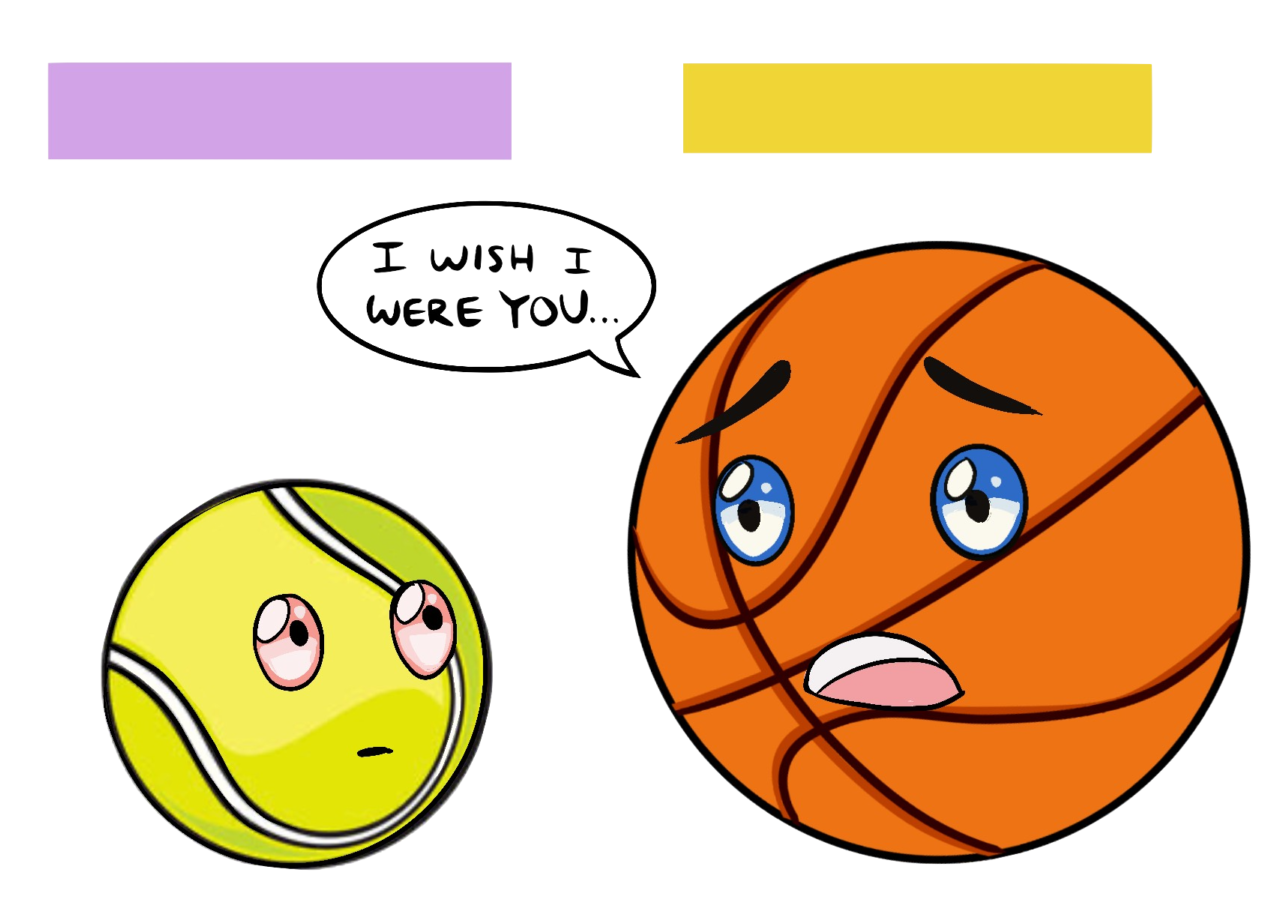

The California Department of Public Health deployed COVID-19 health protocols on Dec. 14, which season one and season two sports have been operating under as they resume practices, and soon, competitions. These rules include sorting sports based on their risk as well as counties based on their test positivity and adjusted case rates into four categories. Counties are categorized as purple (widespread), red (substantial), orange (moderate) or yellow (minimal).
“We … hope that somehow [our county] can get into the orange and play [orange tier sports],” said Aragon Athletic Director Steven Sell.
The decision about which sports could be played in which tier was based on two factors: if a sport is played inside or outside and the risk of contracting coronavirus through playing. Currently, San Mateo County is still in the purple tier; to be in the purple tier, a sport must be outdoors and have low contact between athletes. Competition schedules for sports in other tiers have not been finalized yet. These sports, including tennis, golf, swimming and track and field, don’t require close interactions between students, lessening the risk of infection. To be in the red tier, a sport must be outside and have limited contact. Sports in the red tier include baseball, girls lacrosse and softball. To be in the orange tier, a sport must be outside with a lot of contact or inside with minimal contact. Badminton, football, boys lacrosse, soccer, volleyball and water polo have been sorted into the orange tier. To be in the yellow tier, a sport must be inside with a lot of contact. Yellow tier sports include basketball, competitive cheer and wrestling.
“We … hope that somehow we can get into the orange and play the contests for season [two] sports”
Another big change is the testing protocols put in place before matches. The district uses Curative SARS-Cov-2 oral swab tests to check if athletes presently are infected. The Food and Drug Administration has warned that this test has a risk for false negative results.
“Kids must be tested before they can play in contests but not before practicing,” Sell said.
Last year, testing was not mandatory and only precautionary measures were taken such as mandatory temperature checks and health surveys. The district is ramping up the volume of safety precautions being enforced for less obvious concerns as well.
“Everyone will bring their own water bottle, and the [equipment] will be cleaned and sanitized,” said Aragon Athletic Trainer Daniel Walker.
Athletes are now required to report a reason for any absences. They also have to fill out an Affirmation Survey on the app LiveSafe before every time they come to campus. The survey keeps track of COVID-19 symptoms and potential exposure in case contact tracing is necessary.
The district is anticipating that all of these preventative steps can help prevent infections. However, the cohort rule this semester has changed. Last semester, only 14 students were allowed per cohort and 50 people per facility. Now, the rules are a little looser and an entire team can train together.
“We [may] race over Zoom … and then they’ll put everyone’s score up against each other to see who won”
In previous seasons, teams would travel to schools outside the district to play games. In order to keep athletes safe this season, the schedule is being set up only within the San Mateo Union High School District. Another possibility is virtual meets.
“We [may] race over Zoom from our own schools, and then they’ll put everyone’s score up against each other to see who won,” said freshman swimmer Ryan Vattuone.
The start date for competition is sports such as girls golf, cross country, girls tennis and swimming is planned for the week of Feb. 15. Other sports, including boys golf, boys tennis and track and field are scheduled to begin competing the week of April 5, but the dates are contingent upon COVID-19 cases.
“[Early] last year, nobody had a plan in place,” Sell said. “When the pandemic hit in March, they shut everything down and didn’t have time to come up with a plan like this. If they had something in place like [the current plan], … they probably could have kept playing boys golf, boys tennis and kept swimming and diving.”
Walker also agreed that the sudden shut down last year was a major hindrance to the ability to make strong plans for carrying out athletics in some format.
“Originally we thought we would be back in school after spring break and everything would be back to normal,” Walker said. “I don’t think there was enough time for everyone involved to make a decision last spring.”
As athletic director, Sell has had unique insight into how the district and state have been trying to get sports up and running smoothly. But the continuous rule changes and spikes in COVID-19 cases have made playing sports consistently nearly impossible to do. In addition, some students have opted out of athletics due to the risk of catching COVID-19.
“I guess it’s understandable, but it’s a bit frustrating and bewildering,” Sell said. “We’re getting told two different things. We’re being told that these kids are desperate to see each other, desperate to get on the field but then once the opportunity is there, some people are saying ‘thanks, but no thanks.’”
Despite the frustrating circumstances surrounding this season, some athletics are being played, and the hope is that the COVID-19 rates can get low enough for the sports in the less restrictive tiers to potentially begin competitions before the end of the school year.



